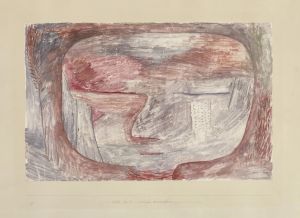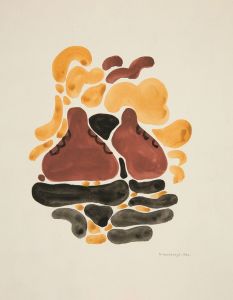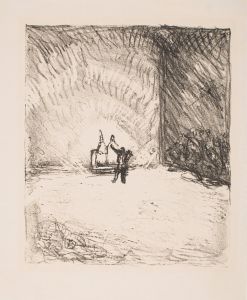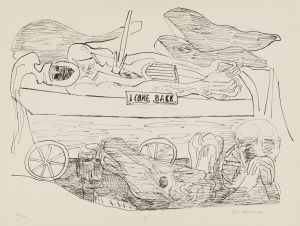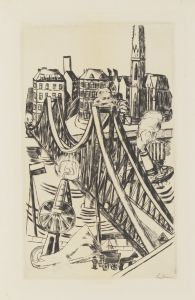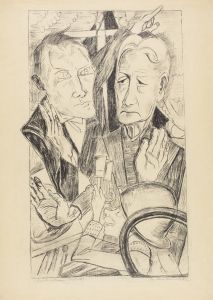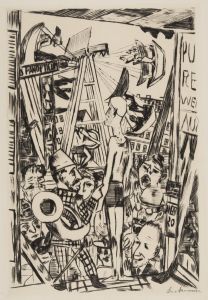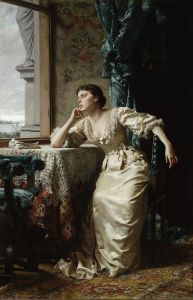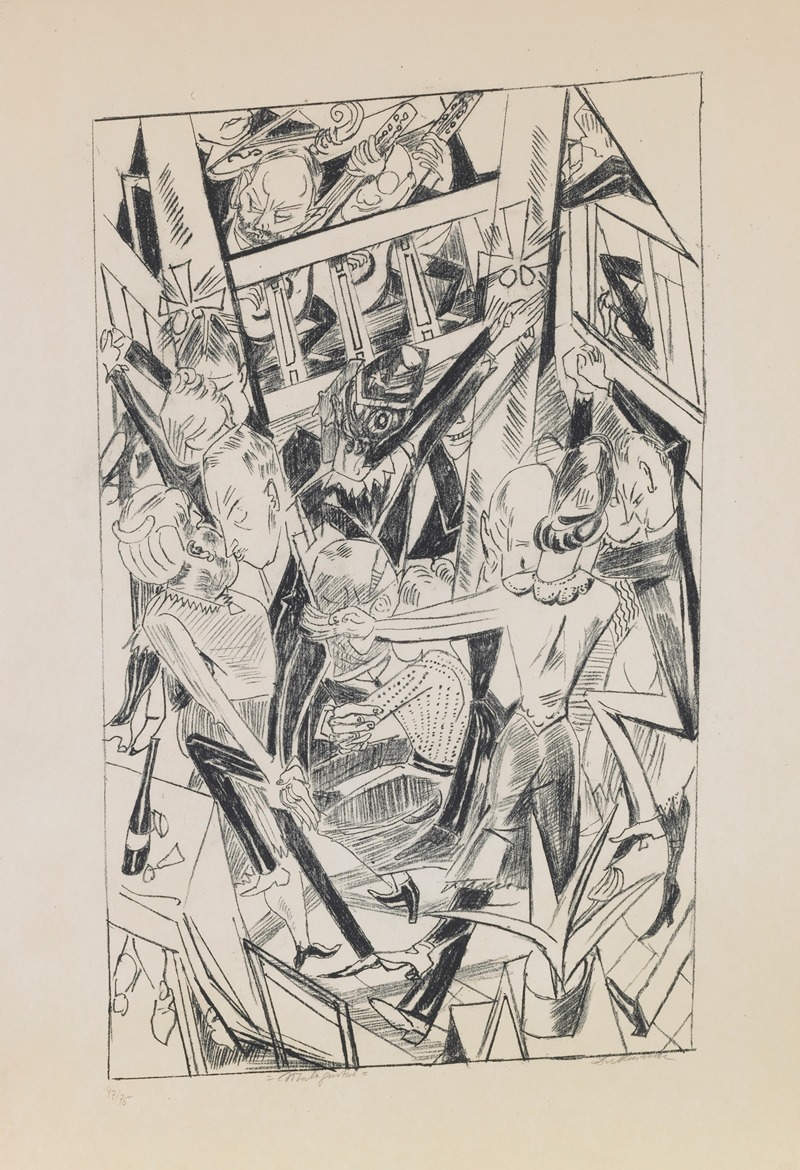
plate 8; Malepartus
A hand-painted replica of Max Beckmann’s masterpiece plate 8; Malepartus, meticulously crafted by professional artists to capture the true essence of the original. Each piece is created with museum-quality canvas and rare mineral pigments, carefully painted by experienced artists with delicate brushstrokes and rich, layered colors to perfectly recreate the texture of the original artwork. Unlike machine-printed reproductions, this hand-painted version brings the painting to life, infused with the artist’s emotions and skill in every stroke. Whether for personal collection or home decoration, it instantly elevates the artistic atmosphere of any space.
Max Beckmann was a German painter, draftsman, printmaker, and writer, known for his distinctive style that combined elements of Expressionism, New Objectivity, and a personal form of realism. One of his notable works is "Plate 8; Malepartus," which is part of a series of lithographs. Beckmann's work often reflects the tumultuous times he lived through, including the two World Wars and the interwar period in Germany. His art is characterized by bold lines, complex compositions, and a deep exploration of human psychology and societal issues.
"Plate 8; Malepartus" is part of Beckmann's graphic series, which often depicted scenes filled with symbolic and allegorical content. The title "Malepartus" refers to a term used in German literature, notably in the medieval beast epic "Reynard the Fox," where Malepartus is the name of the fox's castle. This reference suggests themes of cunning, survival, and the darker aspects of human nature, which are recurrent in Beckmann's work.
Beckmann's lithographs, including "Plate 8; Malepartus," are known for their intricate detail and the use of stark contrasts between black and white. These works often convey a sense of drama and tension, reflecting the artist's interest in the complexities of human experience. The use of lithography allowed Beckmann to reach a wider audience, as prints could be reproduced more easily than paintings, making his commentary on society more accessible.
The period during which Beckmann created "Plate 8; Malepartus" was marked by significant political and social upheaval. The Weimar Republic, established in Germany after World War I, was a time of both cultural flourishing and economic hardship. Beckmann, like many artists of his time, was deeply affected by the war and its aftermath, which influenced his artistic vision. His works from this period often critique the decadence and moral ambiguity of society, using allegory and symbolism to convey his messages.
Beckmann's style in "Plate 8; Malepartus" and other works from this series is characterized by a departure from the more abstract forms of Expressionism, moving towards a more figurative and narrative approach. This shift is part of the broader New Objectivity movement, which sought to depict the world with a sense of clarity and realism, often highlighting the harsh realities of contemporary life.
Throughout his career, Beckmann's art was both celebrated and controversial. During the Nazi regime, his work was labeled as "degenerate art," and he was forced to leave Germany. Despite these challenges, Beckmann continued to create, and his work gained recognition internationally. Today, he is regarded as one of the most important artists of the 20th century, with his works held in major collections around the world.
In summary, "Plate 8; Malepartus" by Max Beckmann is a significant piece within the artist's oeuvre, reflecting his unique style and the historical context of its creation. The work embodies Beckmann's exploration of human nature and societal issues, rendered through his masterful use of lithography.





